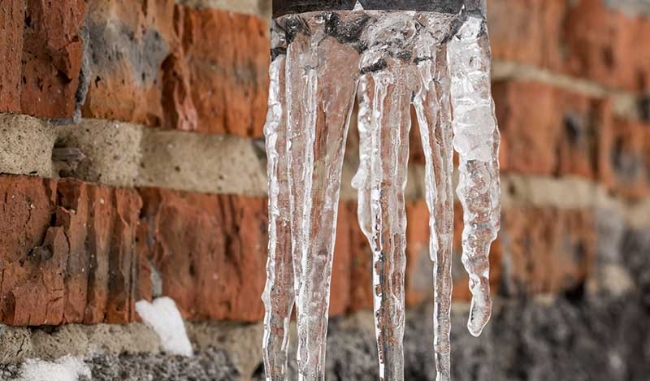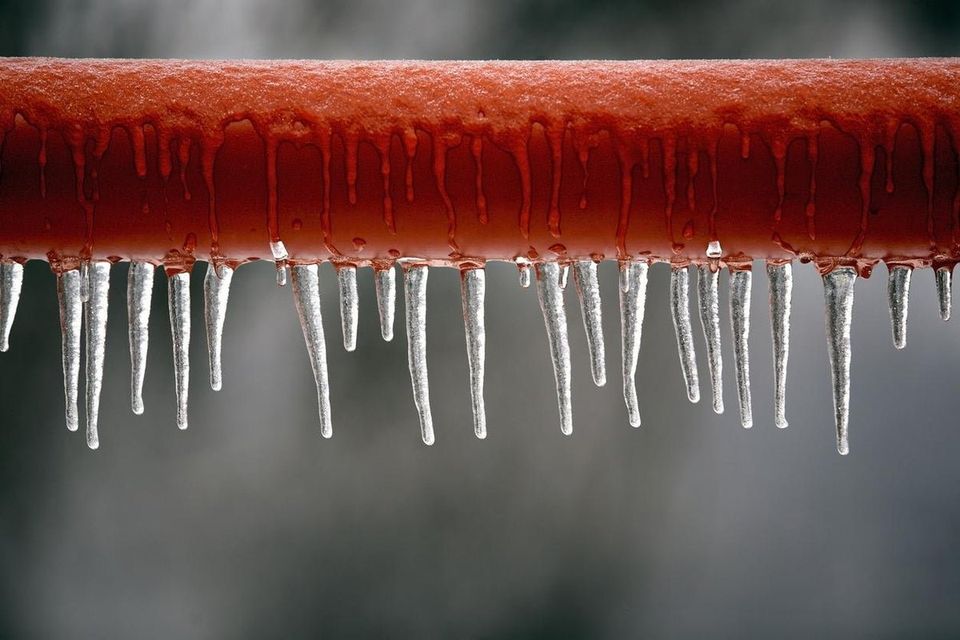Avoiding Frozen Plumbing in Winter: Expert Tips
Avoiding Frozen Plumbing in Winter: Expert Tips
Blog Article
Are you currently trying to find facts involving How to prepare your home plumbing for winter weather?

Winter can ruin your pipes, especially by freezing pipelines. Here's just how to prevent it from taking place and what to do if it does.
Introduction
As temperatures drop, the danger of icy pipelines increases, potentially bring about expensive fixings and water damage. Understanding just how to avoid icy pipes is crucial for home owners in cold environments.
Understanding Frozen Pipes
What causes pipelines to ice up?
Pipelines freeze when subjected to temperature levels listed below 32 ° F (0 ° C) for expanded periods. As water inside the pipes ices up, it broadens, taxing the pipeline wall surfaces and possibly creating them to burst.
Risks and damages
Frozen pipes can cause water system interruptions, property damages, and costly repair work. Burst pipes can flood homes and cause substantial architectural damage.
Signs of Frozen Water Lines
Determining frozen pipelines early can avoid them from bursting.
Just how to determine frozen pipelines
Look for decreased water circulation from faucets, unusual smells or noises from pipelines, and visible frost on exposed pipes.
Avoidance Tips
Insulating susceptible pipes
Wrap pipes in insulation sleeves or utilize warmth tape to safeguard them from freezing temperature levels. Focus on pipelines in unheated or exterior areas of the home.
Heating strategies
Maintain interior spaces effectively heated up, particularly locations with pipes. Open closet doors to permit cozy air to circulate around pipelines under sinks.
Protecting Outside Plumbing
Yard tubes and outdoor taps
Detach and drain yard hoses prior to wintertime. Install frost-proof faucets or cover outdoor taps with insulated caps.
What to Do If Your Pipes Freeze
Immediate activities to take
If you think icy pipes, maintain faucets available to alleviate stress as the ice thaws. Use a hairdryer or towels soaked in warm water to thaw pipes slowly.
Long-Term Solutions
Architectural adjustments
Consider rerouting pipelines far from outside wall surfaces or unheated areas. Add additional insulation to attics, cellars, and crawl spaces.
Updating insulation
Buy high-quality insulation for pipes, attics, and wall surfaces. Appropriate insulation aids maintain consistent temperatures and reduces the risk of frozen pipes.
Conclusion
Avoiding icy pipelines requires aggressive measures and fast reactions. By understanding the causes, indicators, and safety nets, house owners can protect their plumbing during cold weather.
6 Proven Ways to Prevent Frozen Pipes and Protect Your Home
Disconnect and Drain Garden Hoses
Before winter arrives, start by disconnecting your garden hoses and draining any remaining water. Close the shut-off valves that supply outdoor hose bibs and leave the outdoor faucet open to allow any residual water to drain. For extra protection, consider using faucet covers throughout the colder months. It’s also important to drain water from any sprinkler supply lines following the manufacturer’s directions.
Insulate Exposed Pipes
Insulating your pipes is an effective way to prevent freezing. Pipe insulation is readily available at home improvement stores and is relatively inexpensive. Pay close attention to pipes in unheated areas such as the attic, basement, crawl spaces, or garage. Apply foam insulation generously to create a buffer against the cold. You can also wrap your pipes in heat tape or thermostat-controlled heat cables for added warmth.
Seal Air Leaks
Inspect your home for any cracks or openings that could let in cold air. Seal any holes around the piping in interior or exterior walls, as well as the sill plates where your home rests on its foundation. Additionally, make sure to keep your garage door closed unless you’re entering or exiting. Leaving it open creates a significant air leak that can lead to frozen pipes.
Allow Warm Air Circulation
During cold snaps, it’s essential to allow warm air to circulate evenly throughout your home. Leave interior doors ajar to promote better airflow. Open kitchen and bathroom cabinets to help distribute heat consistently around the rooms. If you have small children or pets, be sure to remove any household chemicals or potentially harmful cleaners from open cabinets for safety.
Let Faucets Drip
A small trickle of water can make a big difference in preventing ice formation inside your pipes. When temperatures drop significantly, start a drip of water from all faucets served by exposed pipes. This continuous flow helps prevent the water from freezing. Additionally, running a few faucets slightly can relieve pressure inside the pipes, reducing the chances of a rupture if the water inside does freeze.
https://choateshvac.com/6-proven-ways-to-prevent-frozen-pipes-and-protect-your-home/

Do you enjoy reading up on Winter Plumbing Precautions: Preventing Frozen Pipes? Create a remark directly below. We would be glad to find out your views about this blog posting. We hope that you visit us again later on. In case you liked our post kindly remember to pass it around. Many thanks for your time invested reading it.
Get Your Estimate Now Report this page